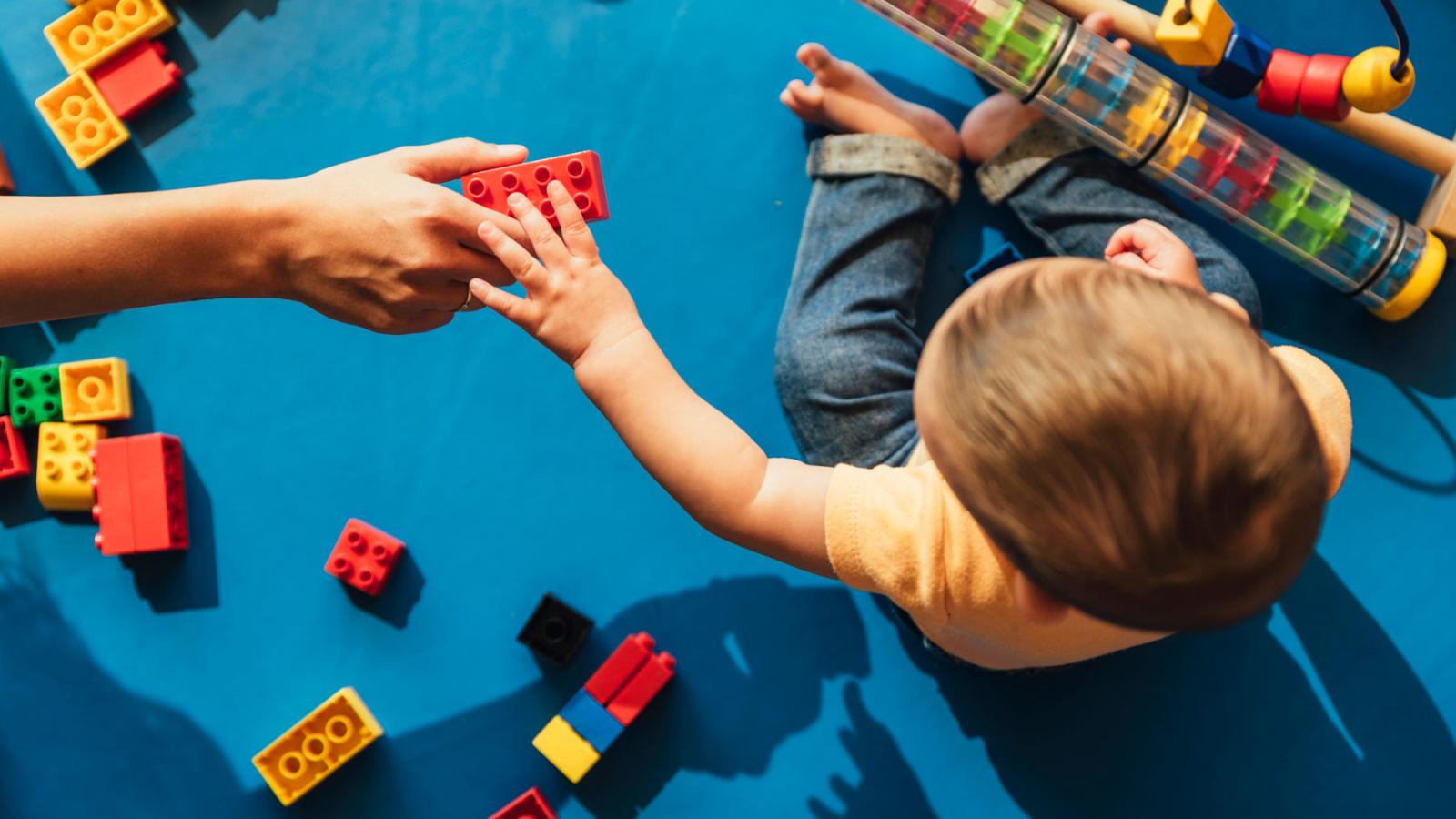Banner

Title
resources
Resource Library
Our Resource Library contains materials and assistance for early childhood educators and those they serve. Explore our selection of podcasts, tip sheets, websites, documents, and self-study courses.
Results: Page 40 of 72
| Resource Name | Description | Resource Type |
|---|---|---|
| How babies decide who to "chat up" | Babies who understand only one language just assume that other people do, too. A new study, that also finds the same assumption is not held by bilingual babies, may clarify how babies decide whom is worth having a "conversation" with, researchers say. Results not only offer insight into infants' perception of linguistic abilities, but, more importantly, may help to better understand whom they see as good communication partners. | Document |
| How Brains are Built: The Core Story of Brain Development | The Alberta Family Wellness Initiative recently unveiled an animated video that presents the core story of brain development in an accessible and visually engaging format. This video, "How Brains are Built: The Core Story of Brain Development," can be used in staff development and parent education as well as advocacy efforts. | Website |
| How Can I Prevent Gender Bias? | This resource from the Anti-Defamation League highlights a variety of measures adults can take to create fair and gender equitable environments for young children. | Document |
| How Caregivers Can Boost Young Brains | Ordinary back-and-forth interactions between a caregiver and child can shape brain architecture in powerful ways, creating a strong foundation for future learning. Here are five simple ways for parents, caregivers and early educators to practice these interactions. | Document |
| How Does Early Life Diet Affect a Child's Mental Health and Personality? | "In a child's life, the period from conception until two years old is crucial for growth and development. In addition to the development of vital organs and regulatory systems, this phase also determines a child's personality, mental health, and socio-emotional growth. Hence, optimal nourishment must be provided during pregnancy and the first years of a child's life." Learn more in this article written by By Dr. Priyom Bose, Ph.D. for News Medical Life Sciences. | Website |
| How Does Occupational Therapy Help Children? | In this podcast, Cindy Croft and Priscilla Weigel talk with Gina Gibson, Occupational Therapist, Fraser, Minnesota, about what occupational therapy is and how an OT works with children around self care skills, sensory needs, and fine motor development. | Podcast |
| How Play Promotes Cognitive Development | Play promotes the development of a multitude of cognitive skills. When children participate in play and have opportunities to become fully involved in what they are doing, and they develop more sophisticated and complex ways of thinking. | Tipsheet |
| How the World Potty Trains | In this article from CNN Health, "experts weigh in on how parents around the world potty train their little ones. From the age it starts to the methods used, potty training is different around the world." | Document |
| How to Adapt Math Card Games to Children’s Skill Level | Here is a great resource from the Erikson Institute. "Card games provide meaningful practice of the basic number combinations. Becoming automatic with basic number combinations is the key to computational fluency. These common math card games that children learn in school or at home can be revisited many, many times and can be adapted to children’s own math skills as they develop over time." | Website |
| How To Communicate With Non-verbal Children During Meal Time | From Monica Pujol-Nassif at TeachStone: "Children who are nonverbal are always communicating with us. In fact, according to Dr. Mehrabian, 93% of our communication is nonverbal in nature. Yet, just because children who are nonverbal might not be speaking to us, educators can still have a reciprocal interaction. Try focusing on their facial expressions, following their gaze, and looking at what they pointing to. Interpret their input, and check for confirmation. Facilitate technological devices and apps that speak for them, and make available visuals they can use to show us what they want, think, need, fear, or are interested in. Lunchtime might post a more challenging time to incorporate these ideas. Here are some additional ways to support nonverbal communication during mealtimes." | Website |
Results: Page 40 of 72